By Erika Schelby
When conservationist Aldo Leopold persuaded the U.S. Forest Service in 1924 to establish the nation’s first federally approved wilderness of more than 500,000 acres around the headwaters of the Gila River in southwestern New Mexico, he did not anticipate that this priceless pristine land would be invaded by cattle. This problem would take root around the mid-1970s after a bankrupt rancher “abandoned his cattle in the wilderness.”
-
Get the news delivered directly to your phone. Click here to Join our WhatsApp Group
Similarly, he did not foresee the shrinking of global wilderness areas, the issuing of destructive grazing permits for 1.5 million cattle on U.S. public lands, or the challenges posed by planetary climate change.
To this day, unbranded feral livestock in the Gila Wilderness cause extensive damage to a delicate riparian ecosystem and the land and wildlife on this protected federal terrain.
Livestock waste also harms the Southwest’s last free and untamed stretch of a major river—the Gila, a tributary of the Colorado River. As soon as this wild stream leaves the Gila Wilderness and continues its long journey to Yuma, Arizona, where it joins the Colorado River, every drop of it is spoken for.
Native Americans who have lived along the river course for 2,000 years had to compete with European settlers to access this water. Eventually, the competition for it became one of the most enduring struggles in developing the arid Western U.S. The water demand has intensified under the influence of the ever-rising population in the American Southwest, paired with severe droughts experienced in this region.
Over the years, the Forest Service has removed 756 cattle—shot dead or captured alive—from the Gila Wilderness, according to a March 2023 article in El Defensor Chieftain. Controversy has surrounded all attempts to remove the feral population. In the attempted cull in March 2023, about 150 animals roamed the area; of these, only 19 wild cows were eliminated. To stop this culling operation of the feral herd by helicopter, the New Mexico Cattle Growers’ Association tried to get a temporary restraining order, which the U.S. District Court rejected in February 2023.
The ranchers’ association argued that this aerial campaign inflicted cruelty and that the cows should be rounded up instead. The Forest Service, however, maintained that historically, the “use of ground-based methods alone did not sustainably reduce the feral cattle population” owing to the rugged landscape and the wild behavior of the animals. The cattle growers’ stance on the humane treatment of cattle is not unfounded and might have carried more weight had it also extended to cruelties endured by livestock on factory farms or in slaughterhouses.
Аdvеrtіѕе wіth thе most visited news site in Antigua and Barbuda ~ Wе оffеr fullу сuѕtоmіzаblе аnd flехіblе dіgіtаl mаrkеtіng расkаgеѕ. Yоur соntеnt іѕ dеlіvеrеd іnѕtаntlу tо thоuѕаndѕ оf uѕеrѕ іn Antigua аnd аbrоаd via our One Signal push notifications! Соntасt uѕ аt [email protected].
———————————————————————
-
Get the news delivered directly to your phone. Click here to Join our WhatsApp Group
Make a donation to help support ABN, via PayPal: [email protected]. Follow Antigua Breaking News on Twitter @ABNAntigua and Instgram @AntiguaBreakingNews and on Facebook. Send us a message on WhatsApp at 1-868-704-9864 or email us at [email protected].
While denying the request made by the ranchers, Judge James Browning wrote in his decision, “No one disputes that the Gila cattle need to be removed and are doing significant damage to the Gila Wilderness.” Moreover, Camille Howes, Gila National Forest Supervisor, said, “This has been a difficult decision, but the lethal removal of feral cattle from the Gila Wilderness is necessary to protect public safety, threatened and endangered species habitats, water quality, and the natural character of the Gila Wilderness.”
New Mexico’s outdoor-loving people agreed. According to an Albuquerque community newspaper named The Paper, 93 percent of the 5,973 comments submitted regarding the removal of cattle from the Gila Wilderness “were supportive of [the] lethal removal of the cattle, according to public data posted by NM Wild.”
A Shrinking Wilderness
Defending New Mexico’s Gila Wilderness is only one example of similar measures that are ongoing across the country and worldwide to preserve these areas. The last wilderness areas on Earth are shrinking at a troubling rate. Wildland is being lost quickly as the rise in human population fuels the demand for food, water, and minerals, among other things. As Steve Carver and Lex Comber from the University of Leeds pointed out in the Conversation, “There aren’t many corners of the world left untouched by humanity.”
A mapping study by the University of Queensland in 2017 documented a 10 percent loss of Earth’s wilderness since the early 1990s. According to a 2017 statement by UQ professor and director of science at the Wildlife Conservation Society James Watson, untouched areas would not survive the subsequent 50 years if this loss continued at the same rate. The water cycle, the nitrogen cycle, biodiversity, and pollination are also being negatively affected by this wilderness degradation.
Аdvеrtіѕе wіth thе most visited news site in Antigua and Barbuda ~ Wе оffеr fullу сuѕtоmіzаblе аnd flехіblе dіgіtаl mаrkеtіng расkаgеѕ. Yоur соntеnt іѕ dеlіvеrеd іnѕtаntlу tо thоuѕаndѕ оf uѕеrѕ іn Antigua аnd аbrоаd via our One Signal push notifications! Соntасt uѕ аt [email protected].
———————————————————————
-
Get the news delivered directly to your phone. Click here to Join our WhatsApp Group
Make a donation to help support ABN, via PayPal: [email protected]. Follow Antigua Breaking News on Twitter @ABNAntigua and Instgram @AntiguaBreakingNews and on Facebook. Send us a message on WhatsApp at 1-868-704-9864 or email us at [email protected].
In February 2023, scientists at the Weizmann Institute of Science published the first global census of wild mammal biomass. The biomass of these wild mammals on land and at sea is “dwarfed” by the total weight of cattle, pigs, sheep, and other domesticated animals. It was also much lower than the biomass of humans. The census revealed that while the biomass of wild mammals on land and at sea weighed 60 million metric tons, domesticated livestock accounted for a whopping 630 million metric tons, and humans added 390 million metric tons.
Human activity has negatively impacted the planet and has played a significant role in the extinction of several wild animals and plants. According to another study, “The world’s 7.6 billion people represent just 0.01 percent of all living things… Yet since the dawn of civilization, humanity has caused the loss of 83 percent of all wild mammals and half of plants, while livestock kept by humans abounds.” Many people and scientists are now working toward halting the irreversible damage being caused by humanity.
The 30% Protection Plan
Historically, the United States has a poor record as a champion of biodiversity. In the 1990s, when then-President Bill Clinton signed the foundational Convention of Biological Diversity, it was not ratified by the required two-thirds Senate majority. So, when President Joe Biden entered the Oval Office and launched the so-called 30×30 plan and the “America the Beautiful Initiative,” there was some skepticism. Both programs set the ambitious goal of conserving 30 percent of U.S. land and waters by 2030. (The 2022 annual report for the initiative is available online.)
The United Nations Biodiversity Conference that took place in December 2022 in Montreal (COP15)—in which the United States participated informally—ended with the adoption of the Kunming-Montreal Global Biodiversity Framework (GBF) by 188 nations. According to the UN Environment Program, “The plan includes concrete measures to halt and reverse nature loss, including putting 30 percent of the planet and 30 percent of degraded ecosystems under protection by 2030.” Dubbed the “30 by 30 goal,” the agreement hopes to stem the ongoing extinction crisis; about 1 million species are at risk of disappearing forever.
Аdvеrtіѕе wіth thе most visited news site in Antigua and Barbuda ~ Wе оffеr fullу сuѕtоmіzаblе аnd flехіblе dіgіtаl mаrkеtіng расkаgеѕ. Yоur соntеnt іѕ dеlіvеrеd іnѕtаntlу tо thоuѕаndѕ оf uѕеrѕ іn Antigua аnd аbrоаd via our One Signal push notifications! Соntасt uѕ аt [email protected].
———————————————————————
-
Get the news delivered directly to your phone. Click here to Join our WhatsApp Group
Make a donation to help support ABN, via PayPal: [email protected]. Follow Antigua Breaking News on Twitter @ABNAntigua and Instgram @AntiguaBreakingNews and on Facebook. Send us a message on WhatsApp at 1-868-704-9864 or email us at [email protected].
All this represents a tall order with conflicting conditions and goals. While the world’s remaining wilderness areas are steadily shrinking, COP15 urgently seeks to protect 30 percent of nature by 2030. To achieve this goal, developed countries like the U.S. must play a more active role in biodiversity protection. The United States is the world’s largest economy and has the financial resources to help meet this goal. Also, it is one of the five countries that hold most of the remaining wilderness in the world.
Currently, the U.S. Bureau of Land Management (BLM) gives out 18,000 permits, allowing some 1.5 million cattle to graze across 155 million acres of federal land—an area equal to the combined size of California and Oregon. In Welfare Ranching: The Subsidized Destruction of the American West, the book’s co-author and ecologist George Wuerthner said that the BLM usually just rubber stamps the permits without carrying out sufficient environmental analysis about allowing grazing.
For ranchers, grazing cattle on public land is indeed a bargain. In 2023, the BLM and the Forest Service grazing fee per animal unit (measured in AUMs: the amount of forage necessary to sustain a cow and her calf per month) was $1.35 per month, which has remained unchanged since 1986. “John Janicek, a Dallas-based attorney who has written about the impacts of the grazing program on climate change,” said that this amount is less than one would pay to feed a goldfish.
Ironically, while the American population believes it is funding public lands and national parks to access them and enjoy these landscapes, the taxpayers are generously subsidizing this fee paid by the ranchers, making this “a bad deal financially and environmentally.” On private land in the West, the grazing fee is much higher at around $23.90 a month in 2022.
Research has shown that livestock grazing and overgrazing are the major causes of desertification, soil carbon loss, lower water holding capacity, loss of species, and eradication of native plants. In addition to this, according to the National Oceanic and Atmospheric Administration (NOAA), heat-trapping methane emissions saw the fourth-largest increase on record in 2022, with human activity like landfill and livestock being sources for the increase in these emissions. Grazing cattle are a major source of emissions in the United States.
Аdvеrtіѕе wіth thе most visited news site in Antigua and Barbuda ~ Wе оffеr fullу сuѕtоmіzаblе аnd flехіblе dіgіtаl mаrkеtіng расkаgеѕ. Yоur соntеnt іѕ dеlіvеrеd іnѕtаntlу tо thоuѕаndѕ оf uѕеrѕ іn Antigua аnd аbrоаd via our One Signal push notifications! Соntасt uѕ аt [email protected].
———————————————————————
-
Get the news delivered directly to your phone. Click here to Join our WhatsApp Group
Make a donation to help support ABN, via PayPal: [email protected]. Follow Antigua Breaking News on Twitter @ABNAntigua and Instgram @AntiguaBreakingNews and on Facebook. Send us a message on WhatsApp at 1-868-704-9864 or email us at [email protected].
As a pathway to the 30×30 goal, our valuable public lands require a completely different approach. They need our help reducing habitat fragmentation and environmental degradation and maintaining species biodiversity. One way to achieve this is to ensure that wildlife populations can move freely to adapt and thrive. The establishment of wildlife corridors would aid the movement of animals and ensure that gene flow and seed distribution functions are unrestricted.
Chris Bugbee, a wildlife conservationist at the nonprofit Center for Biological Diversity, said, “There’s no place for cows in these Western ecosystems. It never was a good idea to open up millions of acres to grazing. And especially now, with drought and climate change advancing, it’s a really, really bad idea.”
Still, ranching is a deeply rooted part of the American identity. Countless stories, myths, and movies about cattle, proud cattlemen, and rugged cowboys exist. Ranching is well established, is part of the American tradition, has friends in high places, and has maintained cooperation with federal agencies over many years. Any change to limiting these practices now is likely to be met with resistance from the ranchers who forget that raising cattle on public land is a privilege and not a right.
Аdvеrtіѕе wіth thе most visited news site in Antigua and Barbuda ~ Wе оffеr fullу сuѕtоmіzаblе аnd flехіblе dіgіtаl mаrkеtіng расkаgеѕ. Yоur соntеnt іѕ dеlіvеrеd іnѕtаntlу tо thоuѕаndѕ оf uѕеrѕ іn Antigua аnd аbrоаd via our One Signal push notifications! Соntасt uѕ аt [email protected].
———————————————————————
-
Get the news delivered directly to your phone. Click here to Join our WhatsApp Group
Make a donation to help support ABN, via PayPal: [email protected]. Follow Antigua Breaking News on Twitter @ABNAntigua and Instgram @AntiguaBreakingNews and on Facebook. Send us a message on WhatsApp at 1-868-704-9864 or email us at [email protected].
For the moment, the cattle industry—or beef-production industry, as it is also called—must be pleased to hear that officials in the Interior and Agriculture departments of the U.S. government have indicated the inclusion of “active grazing lands used by ranchers for cattle, horses, goats, and sheep” as conserved and protected for the 30×30 goals. Andrew Rothman of the WildEarth Guardians has an answer to that: “The idea that public lands open to logging and grazing should count toward the 30×30 Initiative is a bunch of ‘hooey.’”
So, how can the public make sense of these clashing, contradictory positions? The plans of the Biden administration are lofty and beautiful. They encourage local solutions, and that is where the plan’s best intentions collide with conflicting front-line interests and complications.
Consequently, the question is: Will we conserve or not conserve? Or do we avoid an answer, preferring an agreeable exercise in self-deception instead? Will we pretend to keep some of America beautiful while at the same time allowing the cattle ranchers to go on as usual? Is it all just for keeping up appearances?
Solutions: Agitate and Adapt
One practical solution is available for cutting the Gordian knot: stop grazing on public land altogether. It may be done by revitalizing lawmakers’ political will and ensuring persistent pressure from constituents.
While a complete end to grazing on public lands seems complicated to achieve given the political support the cattle ranchers enjoy, the meat industry is already being forced to reduce their herd sizes owing to the challenges posed by adverse climate impacts like the Western megadrought and rising feed costs. That alone will constrict livestock quantities for years to come. Consumers may find beef in lower quantities and at higher prices at the grocery store.
Shoppers are adjusting to all this and general inflation by buying less meat and cheaper cuts. Kroger reported that customers are buying 36 percent less meat and fish, according to an August 2022 article by the Food Institute. As for beef prices, they have risen steadily. The 2023 average price for a pound of ground beef was $5.43. In 2008, the cost was $3.04; in 1998, it stood at $1.84. Of course, a significant part of this increase in price over the years has been due to inflation, but that’s not the entire story.
So, will these factors lead to Americans eating less meat? After all, according to an analysis done by Statista in 2018— based on data provided by the OECD-FAO Agricultural Outlook (Edition 2021)—Americans are the biggest human carnivores on the planet, devouring an average of 219 pounds (99 kg) of meat every year. Australia and Argentina follow in second and third place, respectively. This is despite the fact that beef has the highest carbon footprint: Only 44 grams of beef produces the same amount of greenhouse gas as 50 onions.
Аdvеrtіѕе wіth thе most visited news site in Antigua and Barbuda ~ Wе оffеr fullу сuѕtоmіzаblе аnd flехіblе dіgіtаl mаrkеtіng расkаgеѕ. Yоur соntеnt іѕ dеlіvеrеd іnѕtаntlу tо thоuѕаndѕ оf uѕеrѕ іn Antigua аnd аbrоаd via our One Signal push notifications! Соntасt uѕ аt [email protected].
———————————————————————
-
Get the news delivered directly to your phone. Click here to Join our WhatsApp Group
Make a donation to help support ABN, via PayPal: [email protected]. Follow Antigua Breaking News on Twitter @ABNAntigua and Instgram @AntiguaBreakingNews and on Facebook. Send us a message on WhatsApp at 1-868-704-9864 or email us at [email protected].
Ranching may be forced to change under the iron laws of climate breakdown. The number of animals raised may become much smaller. Beef could soon be a far more expensive food, something that will be indulged in every now and then.
Climate change and the resulting drought, coupled with unregulated human activity, have already affected the salmon population, pushing the fish toward extinction. The impacts of these missteps are being felt in California, which has witnessed “the closure of recreational and commercial king salmon fishing seasons along much of the West Coast due to near-record low numbers of the iconic fish returning to their spawning grounds” in 2023. This has led to fish prices rising and salmon becoming “even more of a delicacy.”
To avoid this story from repeating itself and affecting the availability of beef in the future, people need to make tough choices about what is more important for them: Tolerating subsidized and destructive beef production on “our” public lands or giving active support to the initiative of keeping 30 percent of the country protected.
Amid so much worrying information, one thing is clear. If we want a healthy population, society, and economy, we need a healthier planet, which can only be achieved if we learn to live more sustainably and consciously instead of indulging in overconsumption and destroying the precious resources provided by nature.
This article was produced by Earth | Food | Life, a project of the Independent Media Institute.
———————————–
Author Bio: Erika Schelby is the author of Looking for Humboldt and Searching for German Footprints in New Mexico and Beyond (Lava Gate Press, 2017) and Liberating the Future from the Past? Liberating the Past from the Future? (Lava Gate Press, 2013), which was shortlisted for the International Essay Prize Contest by the Berlin-based cultural magazine Lettre International. Schelby lives in New Mexico.
Source: Independent Media Institute
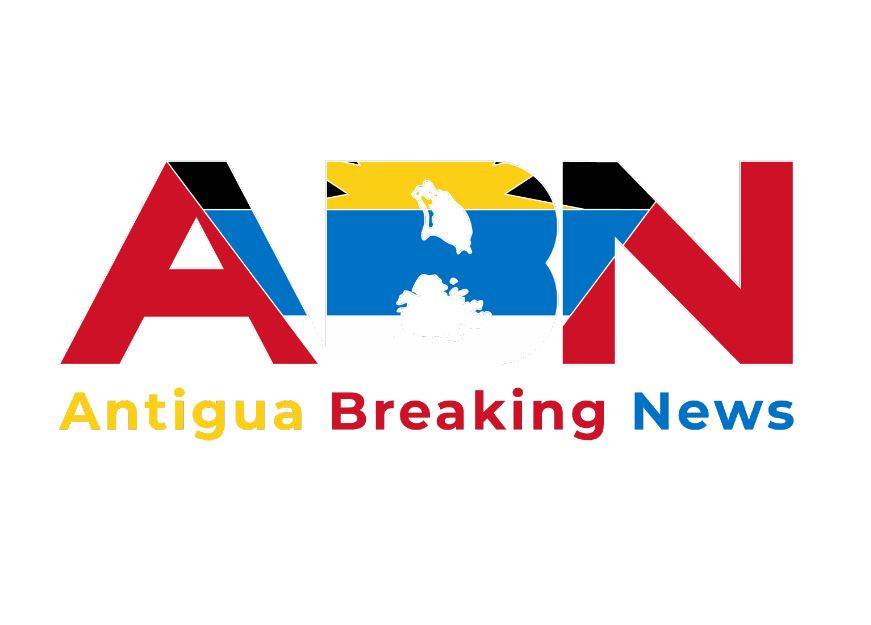

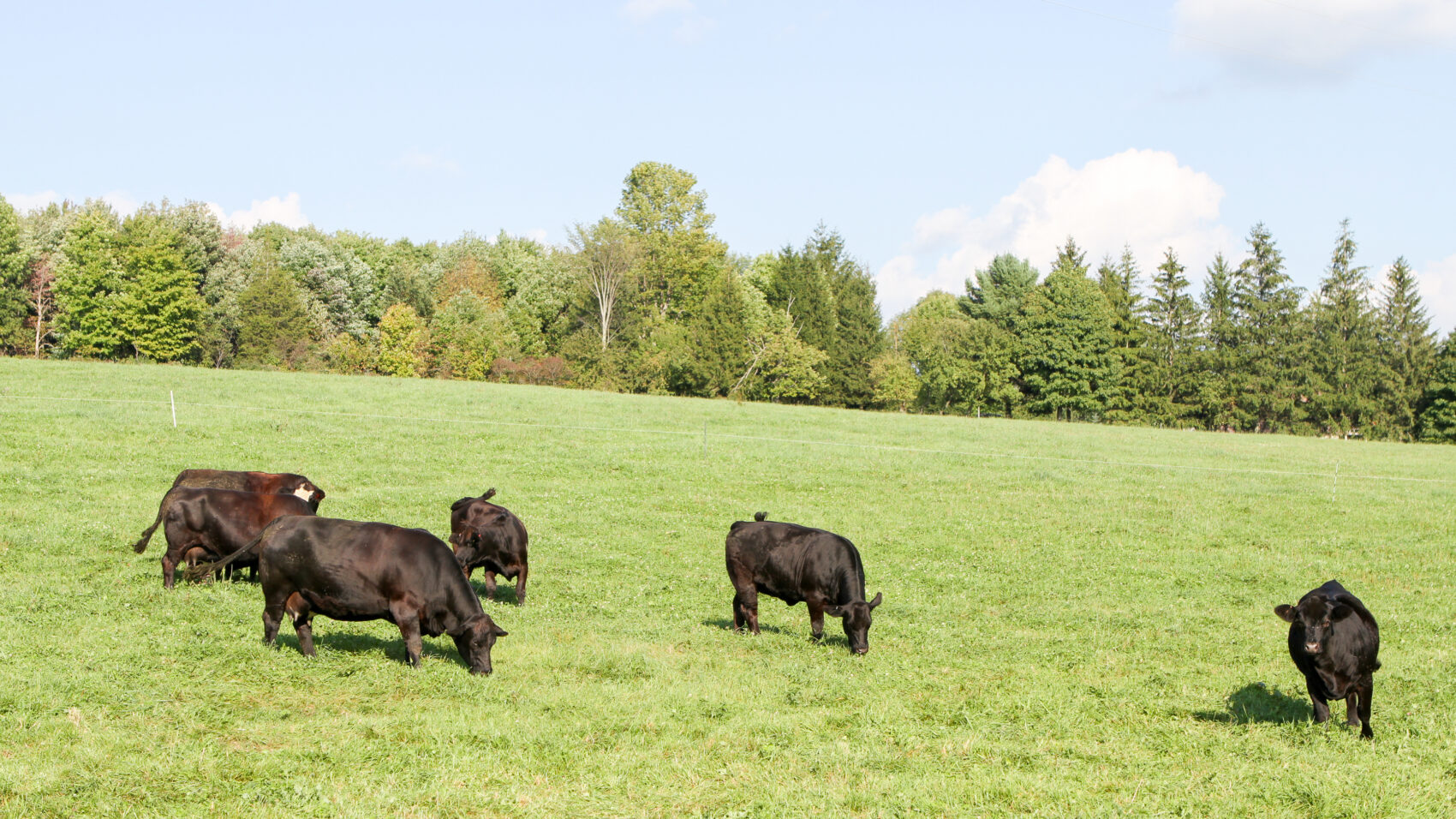









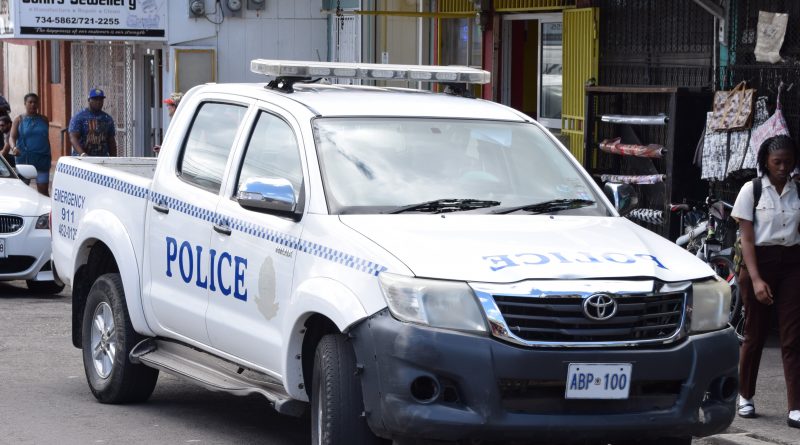



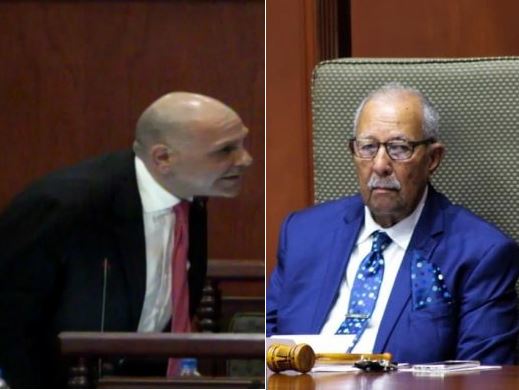

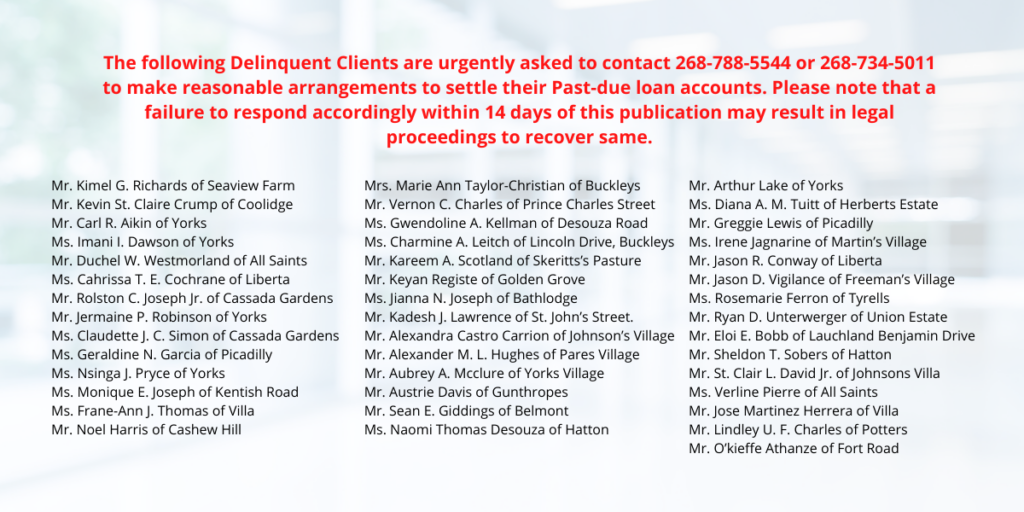


One response to “Keeping Cattle on Public Land Is Bad for People, Cows, Wildlife, and the Planet”
Everybody now are environmentalists. Cattle, horses, pigs, goats, sheep, all the animals in world have been striving whether wildlife or tamelife without all this environmental issues…Big Problem now? Everything America does, we want to follow suit. The animals have to live whether on public or private lands.